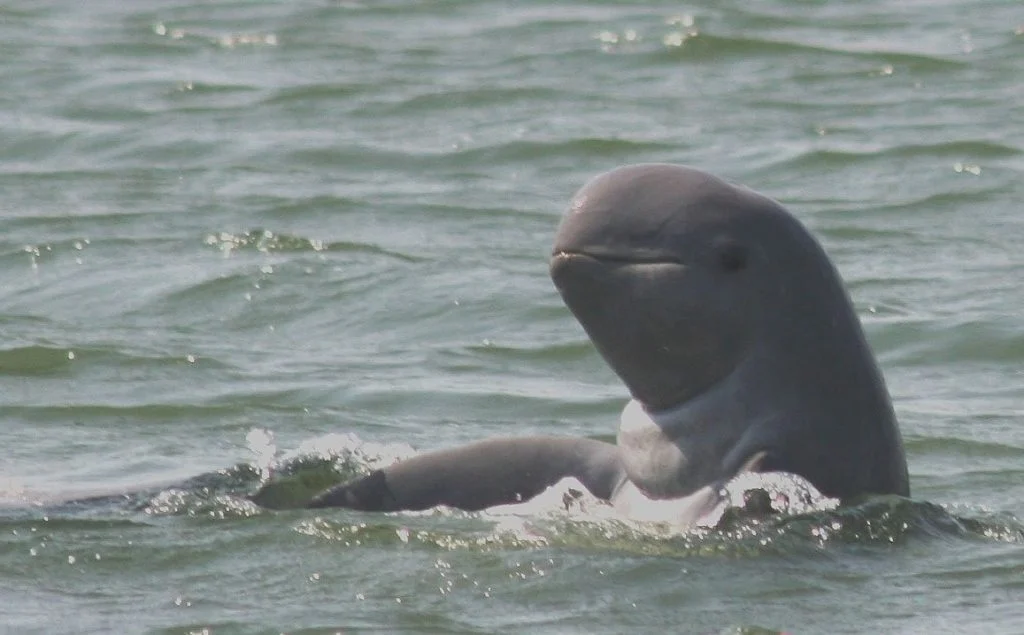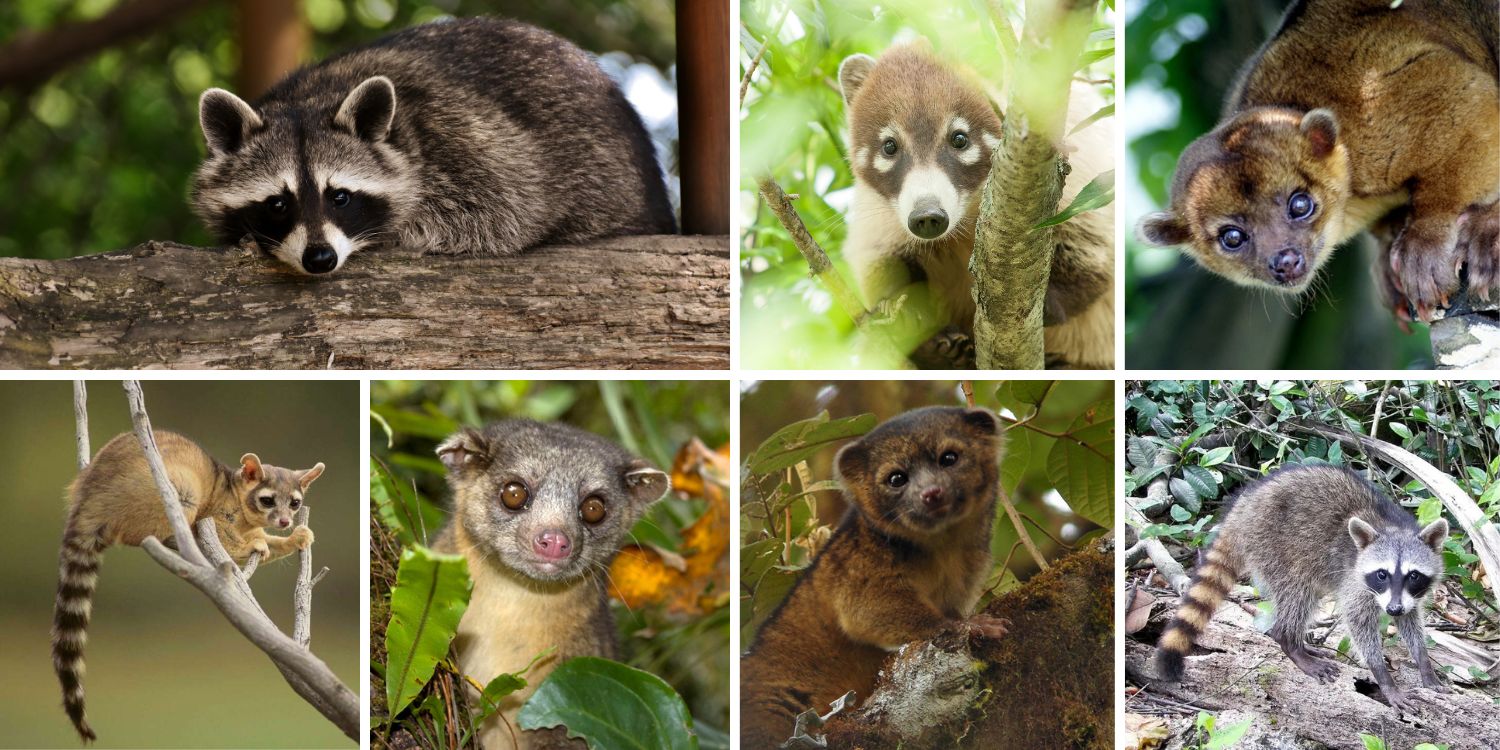
The Enigma of the Irrawaddy Dolphin: A Freshwater Mystery
The ocean depths hold a multitude of wonders, but sometimes, the most fascinating creatures can be found in unexpected places. The Irrawaddy dolphin (Orcaella brevirostris), with its charming smile and unique habitat preferences, is a captivating enigma of the freshwater world. Let’s dive into the secrets of this elusive Southeast Asian icon.
A Riverfaring Wonder: Beyond the Ocean Depths
Unlike most dolphins, the Irrawaddy dolphin isn’t restricted to saltwater environments. They are a euryhaline species, meaning they can thrive in both marine and freshwater ecosystems. This remarkable adaptation allows them to navigate the coastal waters of Southeast Asia, venturing far up rivers like the Ayeyarwaddy in Myanmar, the Mekong in Cambodia and Laos, and the Mahakam in Indonesia.
A Look Like No Other: A Blend of Charm and Mystery
The Irrawaddy dolphin boasts a unique appearance. Their slate grey bodies are lighter on the underside, and their heads lack the distinct beak of some dolphin species. However, their most captivating feature is their expressive face. Mobile lips allow them to form what appears to be a smile, earning them the nickname “smiling dolphin.” Despite their charismatic looks, Irrawaddy dolphins are relatively shy creatures, making underwater encounters a rare privilege.

A Life of Mystery: Social Dynamics and Communication
Irrawaddy dolphins are social animals, often forming pods of up to six individuals, though larger gatherings have been observed. Their communication methods are still being unraveled, but they are known to use whistles, clicks, and squeaks to stay connected and navigate their environment. Understanding their social behavior and communication patterns remains an ongoing area of research.
A Cause for Concern: Threats to the Irrawaddy Dolphin
The future of the Irrawaddy dolphin is clouded by uncertainty. The IUCN Red List classifies them as Critically Endangered. The most recent estimate in 2020 is only 89 individuals. Habitat loss due to dam construction, pollution, and increased river traffic poses a significant threat. Accidental entanglement in fishing gear and hunting for their meat further endanger these fascinating creatures.
A Ray of Hope: Conservation Efforts for a Brighter Future
Protecting the Irrawaddy dolphin requires a multi-pronged approach. Conservation efforts focus on habitat protection, promoting responsible fishing practices to reduce entanglement risks, and educating local communities about the importance of these freshwater dolphins. Ecotourism initiatives that promote responsible dolphin watching can also provide economic incentives for conservation.

The Irrawaddy Dolphin: A Treasure Worth Protecting
The Irrawaddy dolphin is a living testament to the wonders of adaptation and the vital role freshwater ecosystems play in marine biodiversity. By appreciating their unique biology, the challenges they face, and ongoing conservation efforts, we can work towards ensuring these smiling ambassadors of the rivers continue to thrive for generations to come.






